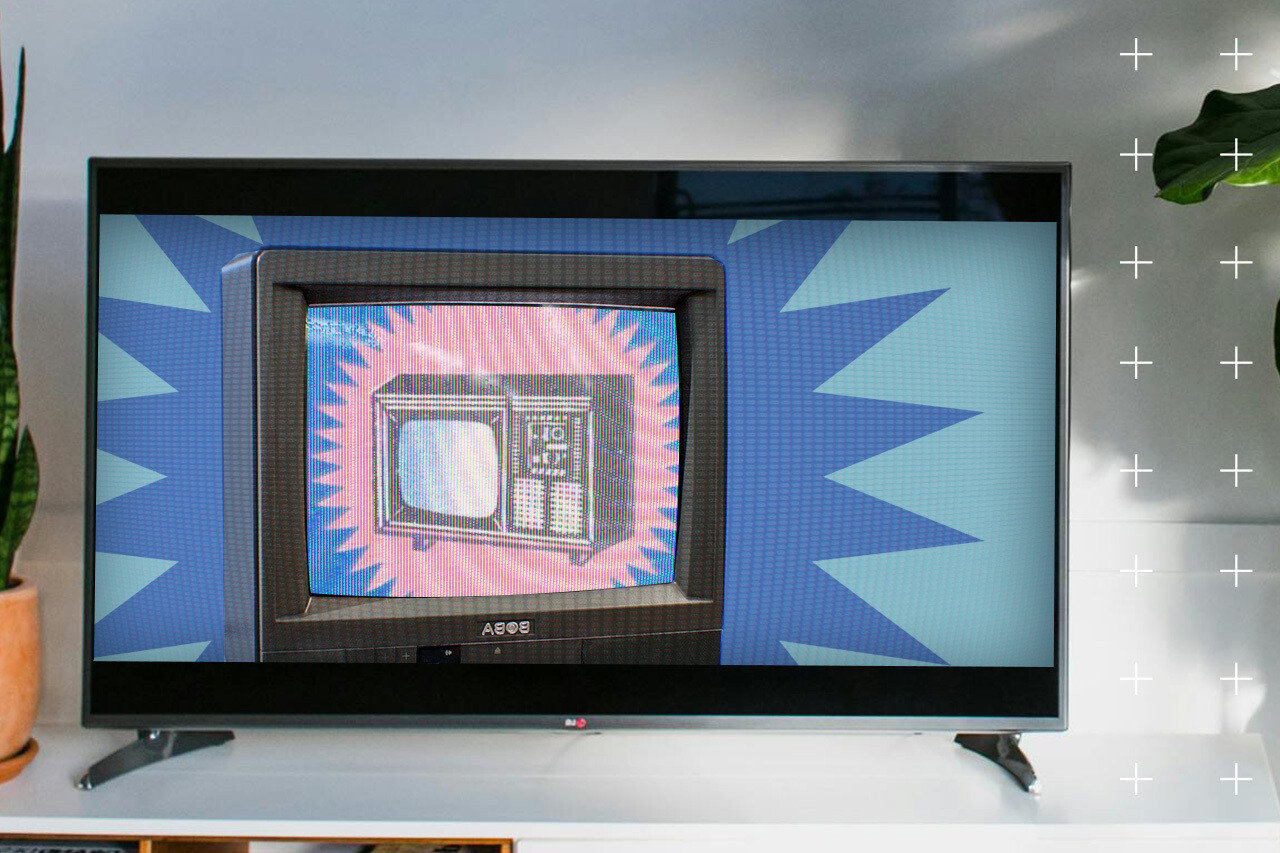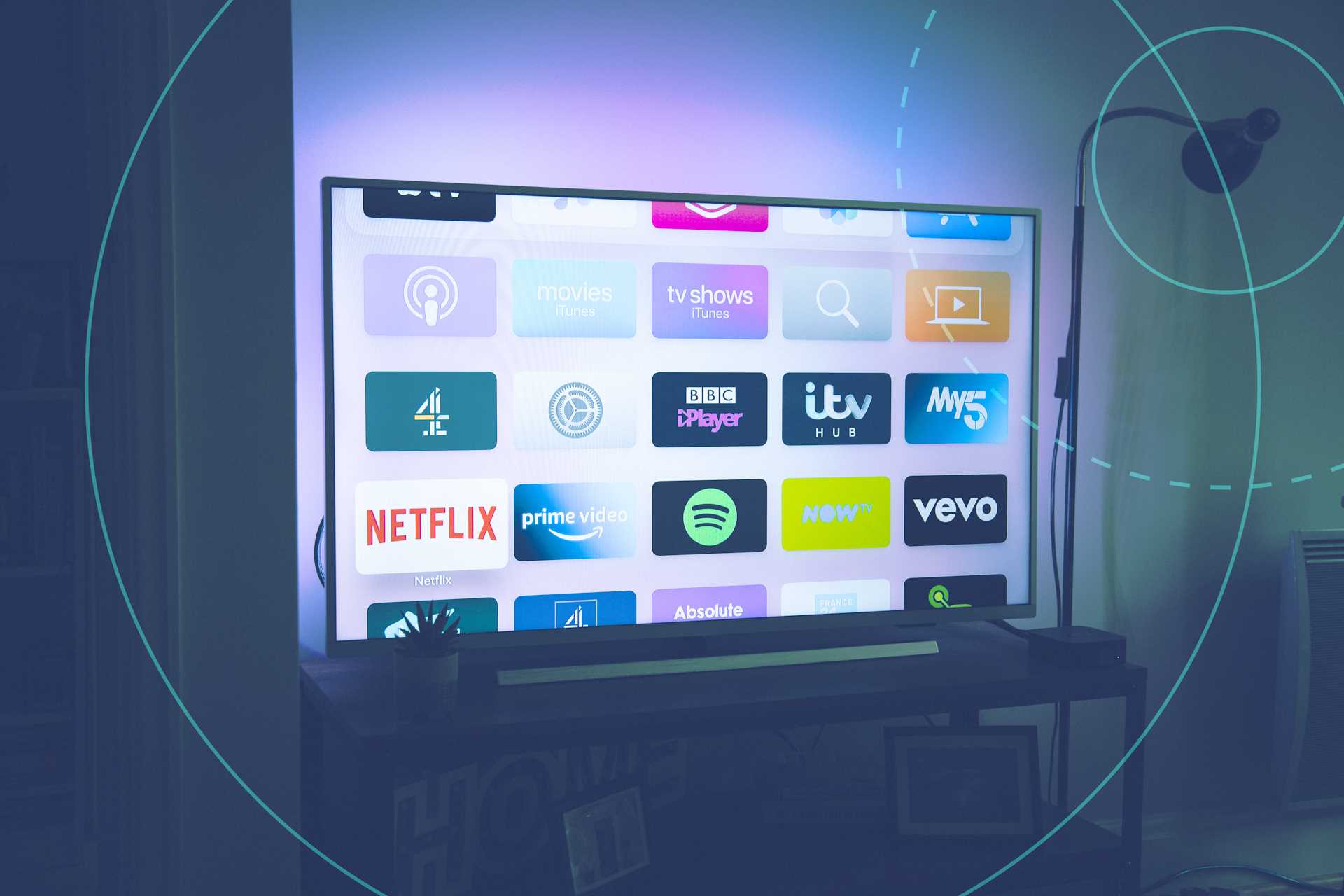Even in the age of streaming, TV ad campaigns are useful tools for driving brand awareness and growth
Television commercials are an effective way to build brand credibility and generate demand. The visual and auditory influence of a television advertisement can significantly increase brand visibility and credibility, as consumers tend to trust companies that invest in television advertising. Additionally, television commercials can reach millions of viewers, making it an efficient way to spread brand awareness and influence purchasing decisions.
These benefits are possible with TV ad campaigns built around high-quality creative that resonate with a target audience. A well-crafted commercial can effectively capture the audience's attention and leave a lasting impression, ultimately shifting them into the marketing funnel. With the power of television ads, companies can showcase their products or services compellingly and engagingly, driving customer interest and ultimately leading to increased sales and brand loyalty.
TV commercial advertising can be the crucial ingredient for generating brand awareness across a sizable audience. Through TV advertising, In this article, we’ll explore what companies need to create high-quality ads that drive business growth, step by step.
Dig deeper with The Marketer's Guide to Linear TV Advertising in 2024.
Steps to Creating a TV Commercial: A Quick Overview
Creating a TV campaign is a complex and multifaceted process that requires careful planning and execution. From conceptualization to production, there are several key steps to consider when developing a successful commercial. In this quick overview, we will explore the key components and considerations involved in creating a TV commercial, including the initial brainstorming and ideation, scriptwriting and storyboard creation, casting and location scouting, filming and editing, and finally, the strategic distribution and monitoring of the commercial's performance.
Step 1: Choose Your Big Idea
The best commercials are built around a single big idea, communicated to audiences through characters, taglines, and captivating imagery. The big idea effectively answers the consumer's question of "Why should I choose you?" while highlighting the key benefits and advantages of your brand. This idea can be played out in a series of ads for larger campaigns, showcasing different aspects of the product or service and reinforcing the message.
Storytelling elements such as humor, nostalgia, or other powerful emotions can be integrated into a campaign to create an impactful story that resonates with your brand message. Brainstorm possible characters and scenarios that embody any values shared between the audience and brand. By carefully considering these elements, you can choose a big idea that will resonate with consumers and drive the success of your commercial campaign.
Step 2: Define Your Budget
It is important to research and find the best value for each stage of the process to stay within the budget and maximize the impact of a television ad. The average 30-second TV commercial can easily cost over $100K, although the number can vary depending on region and overall viewership. Be sure to include separate budgets for pre-production preparations, production equipment, and post-production editing.
Step 3: Write the Script
Writing a commercial script requires a specialized skill set. It involves the ability to craft concise yet compelling dialogue, as well as an understanding of storytelling and persuasion. Working with an advertising agency may help brands achieve this if they lack the expertise to create a script in-house. In either case, the scriptwriter will need to ensure the ad resonates with the target audience while effectively promoting the brand.
Once the script is finished, storyboard the action second by second to ensure that it fits within the allotted time frame. This level of detail is necessary to create a cohesive and impactful commercial within a fixed time frame that doesn't feel rushed or dragged out. This visual representation also serves as the blueprint for the entire commercial, guiding actors, designers, and editors across the production process.
Step 4: Find a Production Company
If you need a production company to develop your TV ad, it’s crucial to thoroughly research and compare competitors. Look for production companies with expertise in skills you need, like writing, shooting, and editing. Consider their track records in producing high-quality commercials that align with your vision. The chosen company should have a solid understanding of your target audience and the message you want to convey in your commercial.
Step 5: Shoot and Edit Your Footage
When shooting and editing your footage for a commercial, stick to your production schedule and budget. Planning out each shot in advance in Step 2 can help you make the most of limited time and resources.
During the shoot, maximize your shooting ratio by capturing as much usable footage as possible. Be flexible and adaptable when reality interferes with your plans, and be prepared to think on your feet to adjust and make the most out of unexpected situations.
Once you have your raw footage, the art of editing comes into play. Select the best takes, cohesively arrange them, and add any necessary visual effects or graphics. Always keep the vision for the campaign and promoted product in mind to keep the overall brand message in mind.
Step 6: Run Your Commercial
There are three primary options to consider when delivering a TV advertisement: broadcast channels, cable channels, and streaming services.
- Broadcast channels, such as ABC, NBC, and CBS, reach a wide audience and offer broad coverage. This option is ideal for businesses looking to target a large and diverse demographic.
- Cable channels provide more targeted reach to subscribers. Channels like ESPN, HGTV, and CNN cater to specific interests, making them a great choice for businesses wanting to reach niche audiences.
- Streaming services, like Hulu, Netflix, and Amazon Prime Video, offer a newer and increasingly popular platform for airing commercials.
When deciding which option is best for your business, it's important to consider your target audience's demographics and advertising goals. If your target audience is broad and diverse, broadcast channels may be the best choice. If you need to reach a specific niche, cable channels would be more appropriate. For businesses looking to tap into the digital market and target tech-savvy audiences, streaming services would be ideal.
Tips to Keep in Mind
Creating an effective TV ad requires careful planning and execution. To ensure success, it’s essential to:
- Represent your brand clearly: The commercial should accurately convey the identity and values of your brand to create a strong connection with the audience.
- Create a storyline or jingle: A compelling storyline or catchy jingle can help capture viewers' attention and make your commercial memorable.
- Develop a signature character or theme: Introducing a unique character or theme can help to differentiate your commercial from others and leave a lasting impression on the audience.
- Keep the concept simple: A clear and straightforward concept will resonate with viewers and make it easier for them to understand and remember your message.
- Focus on high-quality production: Investing in high-quality production will enhance the visual appeal of your commercial and create a sense of professionalism.
By incorporating these essential steps, you can create an impactful TV commercial that effectively represents your brand, engages the audience, and leaves a lasting impression.
Make tvScientific Your CTV Partner
tvScientific was co-founded by senior executives with deep roots in search, programmatic advertising, digital media, and ad verification. We think scientifically, and our results are driven by a belief in one, simple formula: Trust = Data x Transparency x Control.
With powerful attribution capabilities, real-time reporting, automated optimization, and built-in, always-on testing, we believe that tvScientific provides the most robust, transparent, tailored CTV advertising platform. Once you see it for yourself, we know you will too. Request a demo today.







